The Second Niger Bridge is not new to many Nigerians, especially those in the eastern part of the country. The bridge serves as a connecting link to other states in the zone.
The Second River Niger Bridge Project is a project by the Federal Government of Nigeria, represented through the Federal Ministry of Works and Housing, in collaboration with the Nigerian Sovereign Investment Authority.
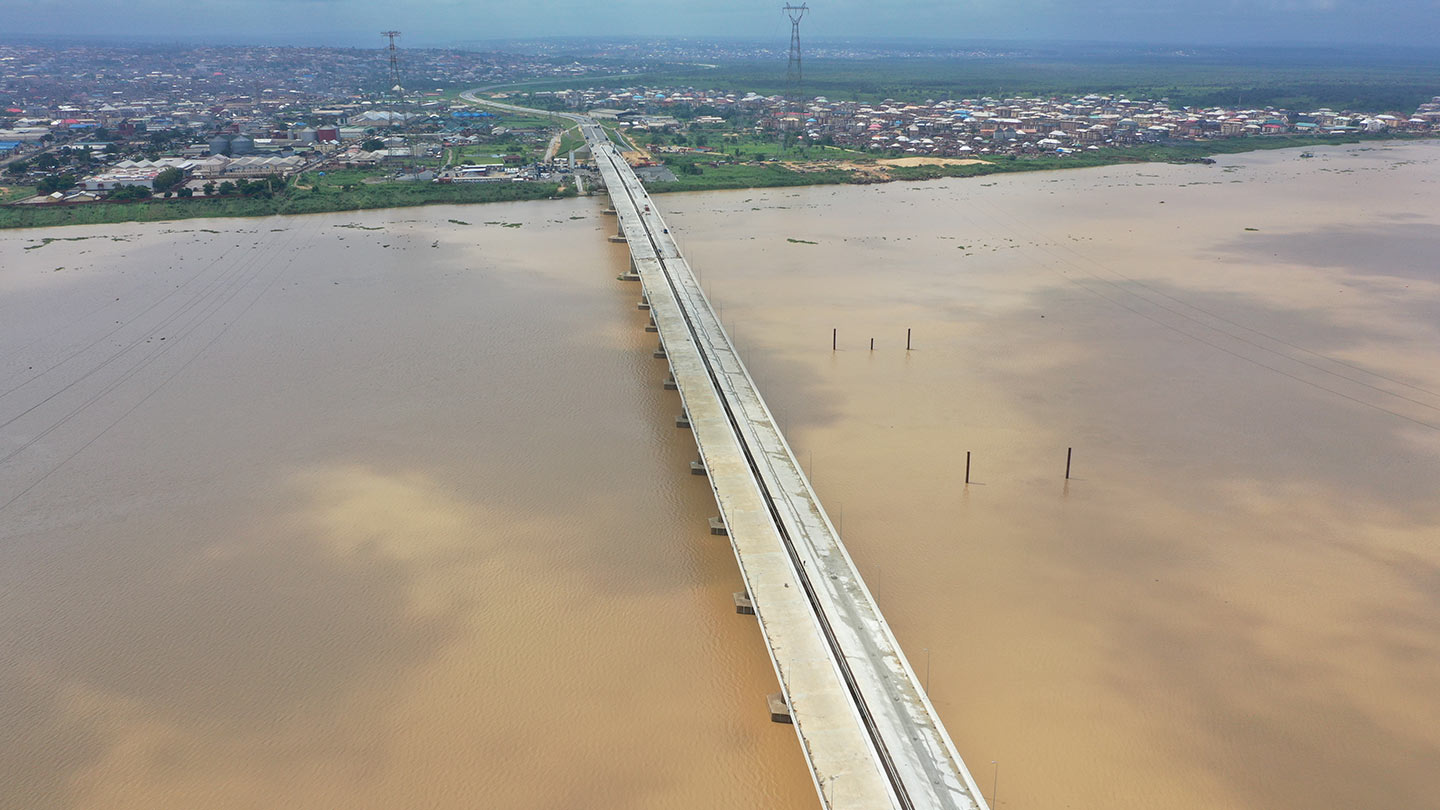
The Second Niger Bridge crosses the Niger between the cities of Asaba in the west and Onitsha in the east. When completed, it will be the last bridge over the Niger River before it branches into its delta arms. The Niger is the third longest river in Africa after the Nile and the Congo.
It moves 7,000 m3/s water at Onitsha, which is more than a hundred times as much as the Thames in London (65 m3/s) and almost three times as much as the Missouri river (2,450 m3/s) before reaching St. Louis. The Niger also separates Nigeria’s populous southwest from the oil-rich southeast.
The currently only bridge at Onitsha, a 1960s steel truss structure with two lanes, is hopelessly overloaded, due in no small part to the fact that it must accommodate flying traders, handcart drivers, cargo-carrying people and the occasional herd of goats in addition to (and between) cars.
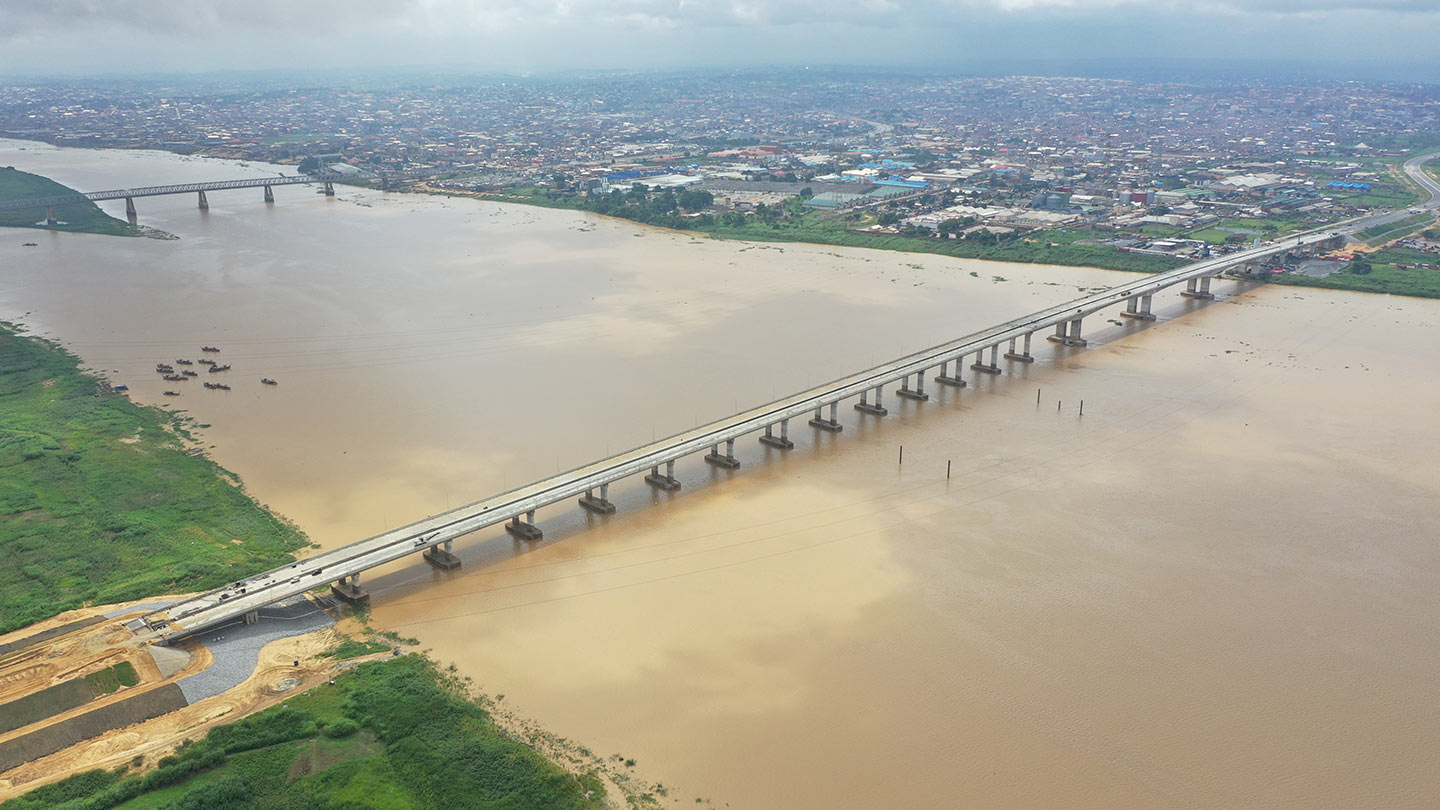
The phrase “Second Niger Bridge”, which has been used as an established term in Nigerian politics since the 1980s, is misleading. In fact, there are already seven major bridges over Niger in Nigeria alone (not to mention in countries like Niger or Benin). It is therefore correct to speak of the “Second Niger Bridge at Onitsha”.
The Second Niger Bridge is a key national infrastructure, with immense socio-economic benefits for the contiguous states and indeed the entire nation.
Upon completion, the bridge will ease traffic flow, improve road safety, and create greater opportunities for local residents by advancing the commercial viability of the immediate area and regenerating economic life.
The scope of works includes the construction of a 1.6 km long bridge, a 10.3 km Highway, Owerri interchange, and a toll station.
The financing was achieved with private-public mixed financing (PPP), for which a toll will be charged to the users of the bridge. Julius Berger Nigeria PLC was in charge of the project.
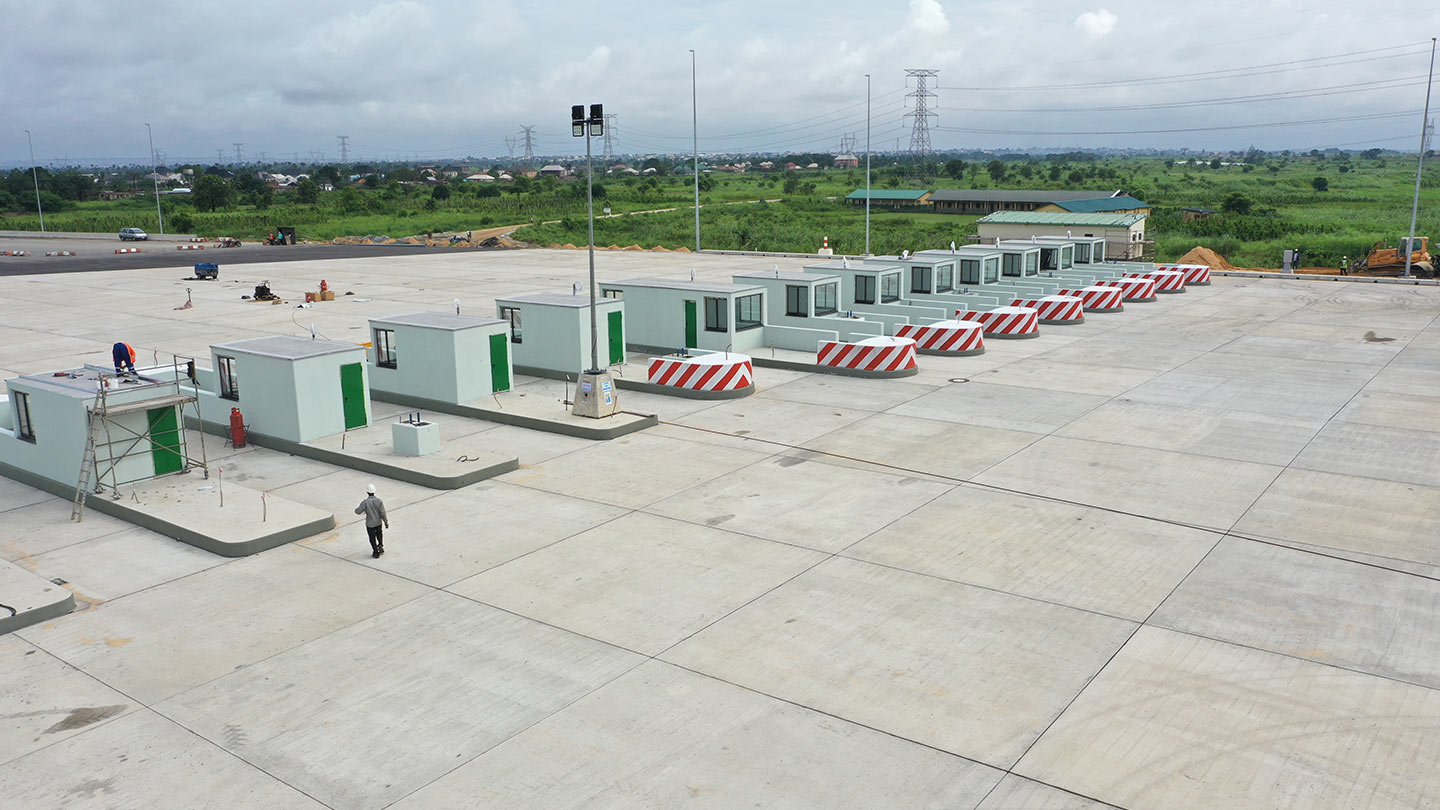
For the almost completed bridge (as of June 2022),
– 14,000 tonnes of steel were processed (which is nearly double as much iron as in the Eiffel tower),
– 250,000 tonnes of concrete were poured (which is a little less than the Trump tower in Chicago at 310,000 tons),
– 1,468 workers were employed on the construction site itself (on-site) and another 8,000 elsewhere,
– 8,700,000 man-hours were accounted for and yet 2.5 years were worked without an accident.
The structure, 1,590 m long in total, consists of two parallel prestressed concrete box girder bridges, each 14.5 m wide. The current bridges will have a length of 630 m with 5 spans with span widths of 150 m maximum. The western ramp bridge will be 755 m long and the eastern ramp bridge will be 205 m long. The bridge has been constructed using the cantilever method, while the ramp bridges will be constructed using the incremental launching method.
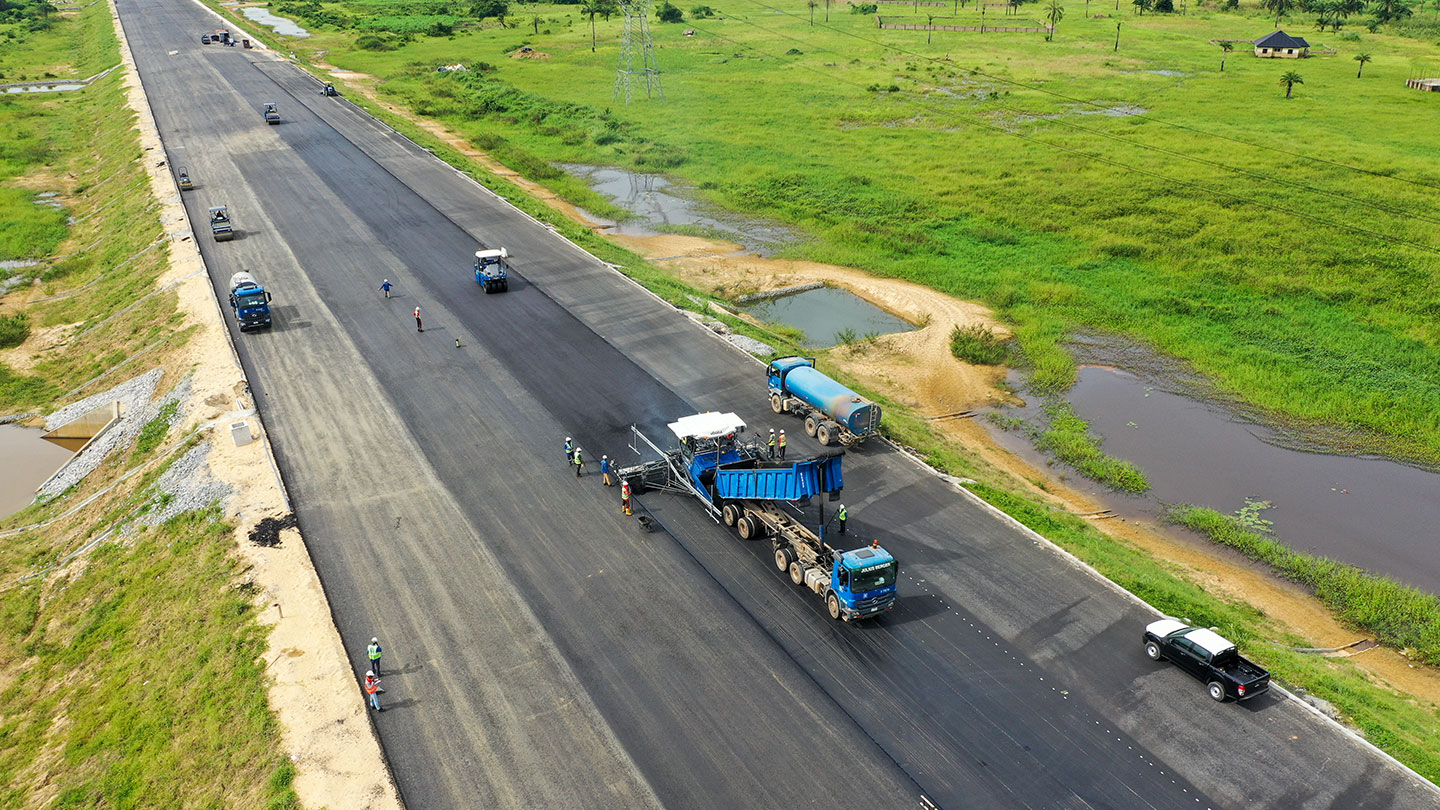
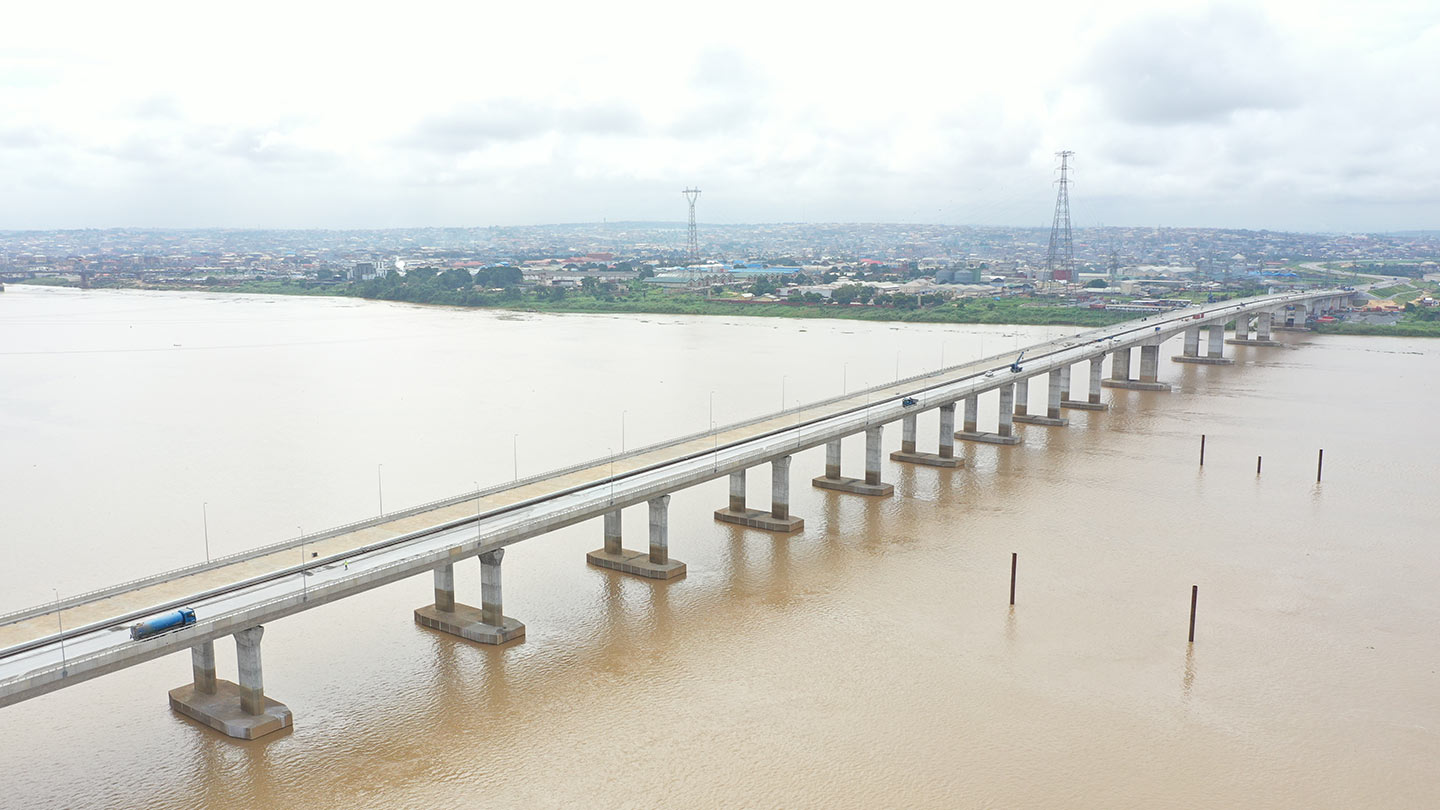



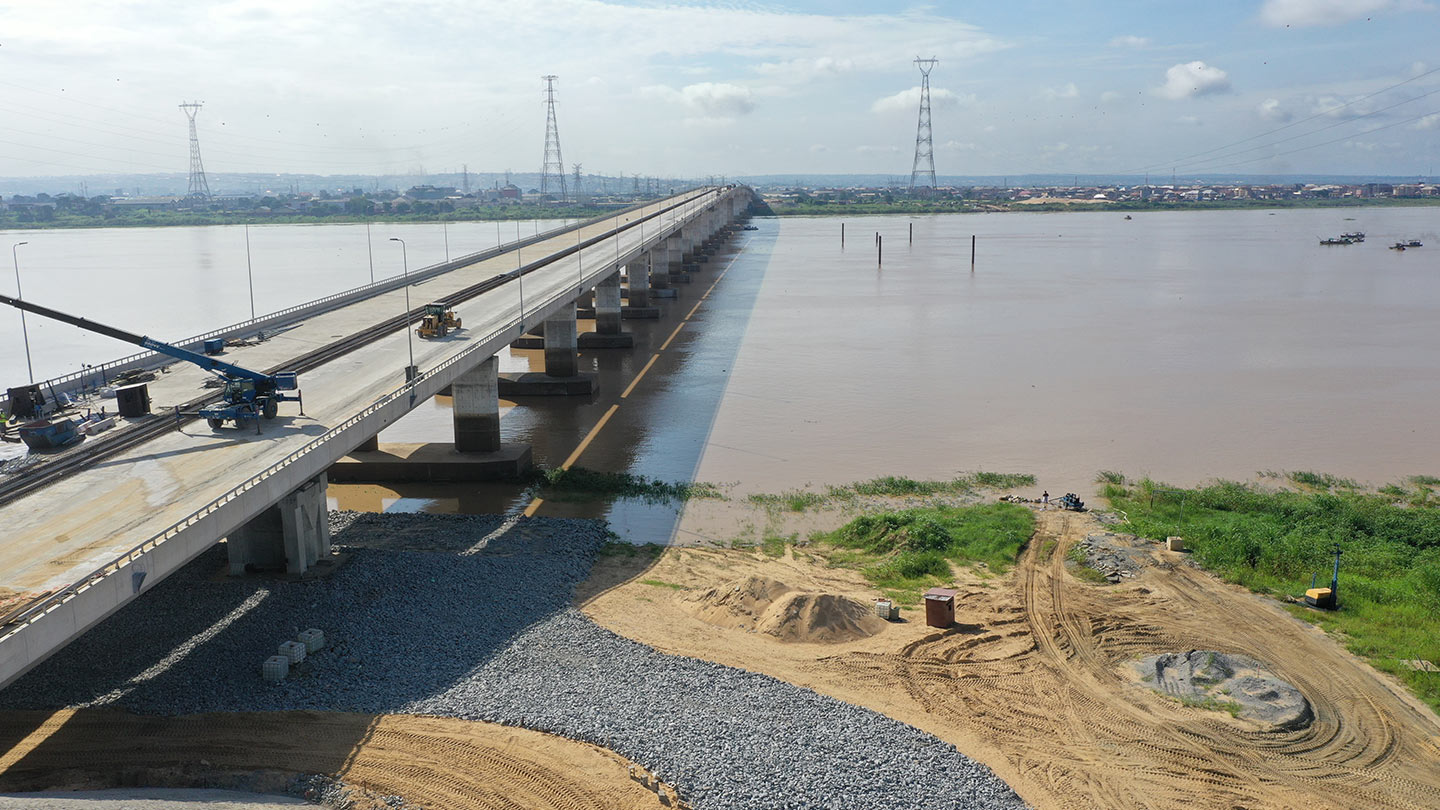

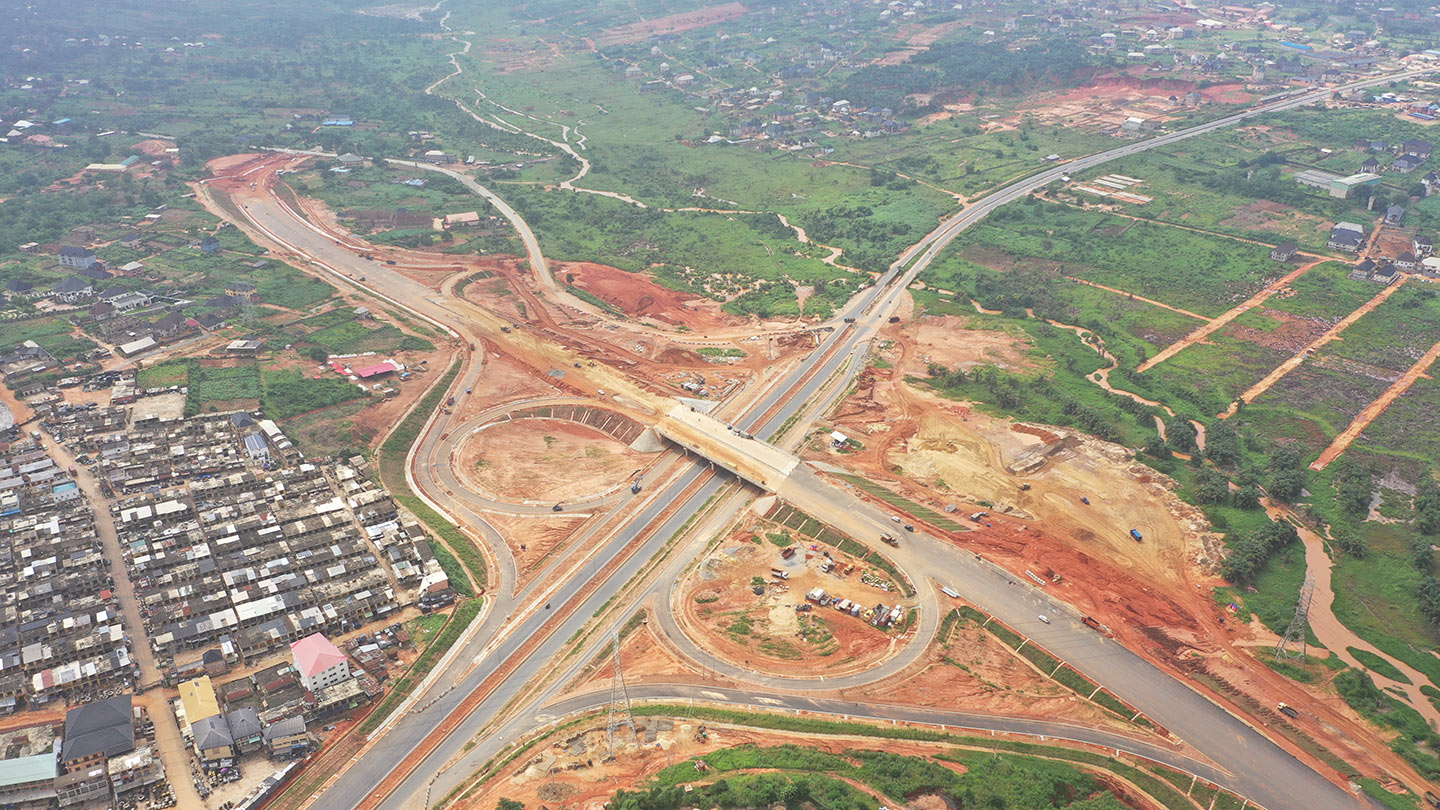
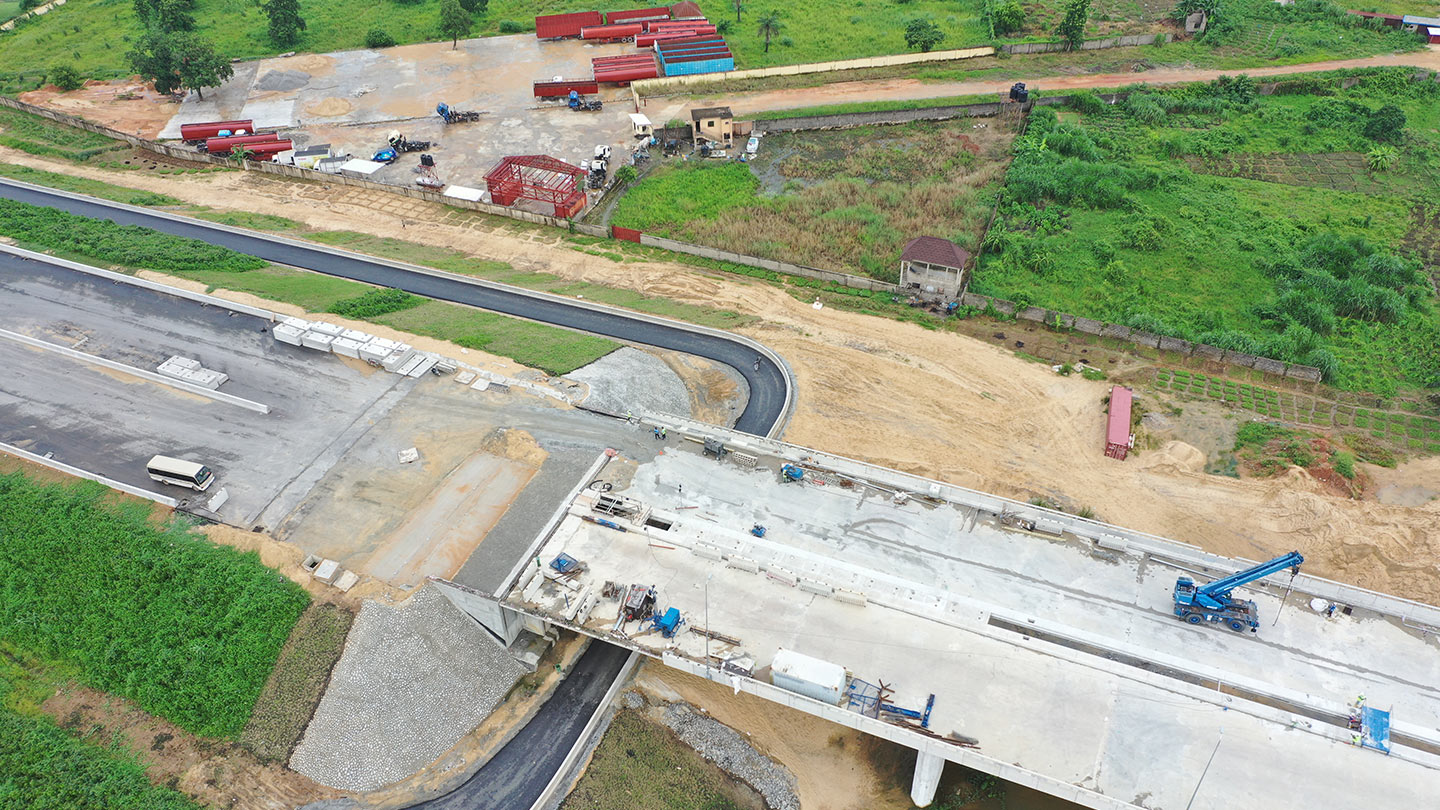
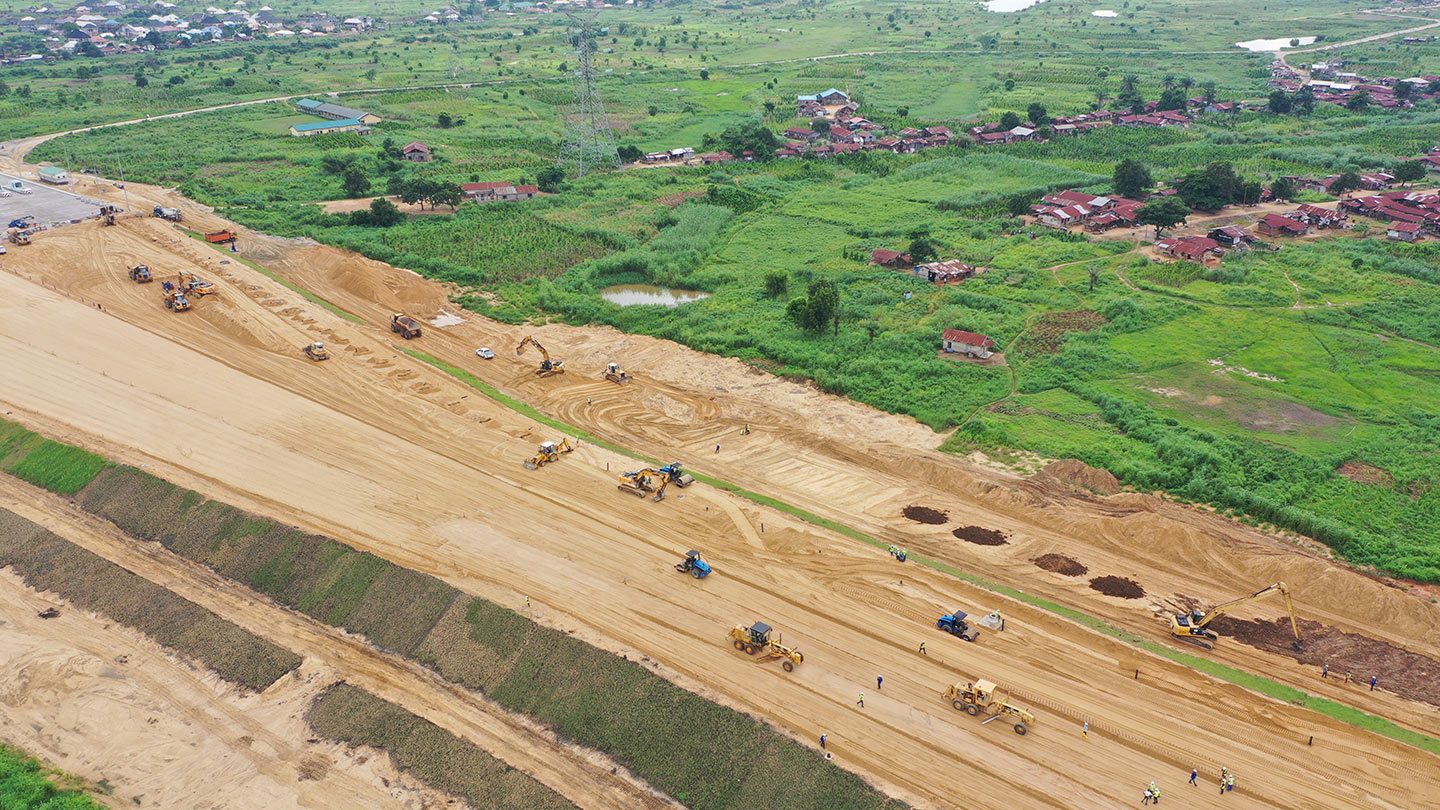



You must be logged in to post a comment Login